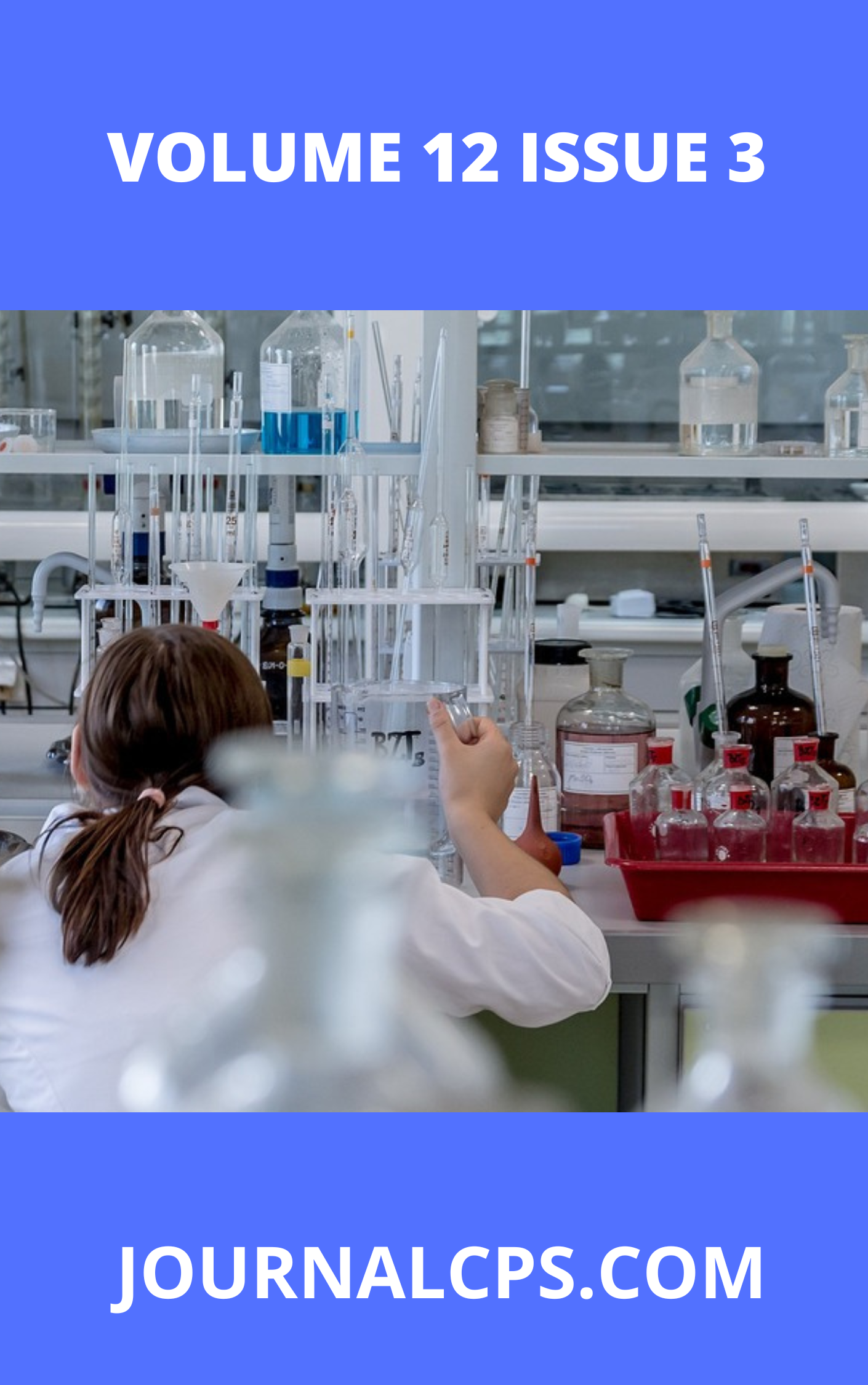Quantum Chemical Insights into the Antioxidant Mechanisms of Luteolin and Isorhamnetin: Elucidating Structure-Reactivity Relationships, Pharmacokinetics, and Toxicity for Therapeutic Potential
Keywords:
Flavonoids, Oxidative stress, Antioxidant, DFT, Drug discoveryAbstract
This study presents a comprehensive computational evaluation of the antioxidant properties, physicochemical characteristics, pharmacokinetics, and toxicity profiles of two naturally occurring flavonoids—luteolin and isorhamnetin. Using quantum chemical descriptors and density functional theory (DFT) at the B3LYP/6-31G(d,p) level, we assessed the bond dissociation enthalpy (BDE), adiabatic ionization potential (AIP), proton dissociation enthalpy (PDE), proton affinity (PA), and electron transfer enthalpy (ETE) of both compounds. Isorhamnetin demonstrated superior antioxidant potential, with lower BDE values (79 kcal/mol in vacuum and 71 kcal/mol in water) compared to luteolin (84 and 82 kcal/mol, respectively), suggesting enhanced hydrogen atom donation capacity via the HAT mechanism. Bond order analysis showed higher stability in O3–H1 and O6–H8 bonds (up to 0.773), indicating site-specific reactivity. Pharmacokinetic simulations predicted high gastrointestinal absorption and blood-brain barrier permeability for both compounds, with zero violations of Lipinski, Veber, and Muegge rules. However, toxicity assessments flagged both molecules as mutagenic with medium hERG-related cardiotoxic risk. Notably, isorhamnetin exhibited better aqueous solubility (ESOL class: soluble) than luteolin (moderately soluble), further supporting its potential bioavailability. Overall, isorhamnetin appears to be a more favorable candidate for therapeutic applications, although both require further experimental validation for safety and efficacy.
Downloads
Published
Issue
Section
Most read articles by the same author(s)
- Babatunde Ogunyemi, ogunyemi Oderinlo, Taye Alawode, Green Synthesis and Characterization of Silver Nanoparticles from Tympanotonus fuscatus and Crassostrea gasar Shells , Communication In Physical Sciences: Vol. 11 No. 4 (2024): VOLUME 11 ISSUE 4
Similar Articles
- Ahmad Rufai Bala, Abdullahi Sahal , Phytochemical Screening and Anti-microbial Properties of Herbal Medicines used for Treatment of Typhoid and Bacterial/Viral Infection in Kaduna State , Communication In Physical Sciences: Vol. 11 No. 1 (2024): VOLUME 11 ISSUE 1
- Elisha Karu, Buhari Magaji, Zaccheus Shehu, Hadiza Abdulsalam, Biosynthesis of Zinc Oxide Nanoparticles Using Solenostemon Monostachyus Leaf Extract and its Antimicrobial Activity , Communication In Physical Sciences: Vol. 6 No. 1 (2020): VOLUME 6 ISSUE 1
- Humphrey Sam Samuel , Emmanuel Edet Etim, John Paul Shinggu, Bulus Bako, Machine Learning in Thermochemistry: Unleashing Predictive Modelling for Enhanced Understanding of Chemical Systems , Communication In Physical Sciences: Vol. 11 No. 1 (2024): VOLUME 11 ISSUE 1
- Humphrey Sam Samuel, Ugo Nweke-Maraizu, Gani Johnson, Emmaneul Etim Etim, A Review of Theoretical Techniques in Corrosion Inhibition Studies , Communication In Physical Sciences: Vol. 9 No. 4 (2023): VOLUME 9 ISSUE 4
- Ubong Ime Essien, Anduang Odiongenyi, Clement Obadimu, Iniobong Enengedi, Investigation of Snail shells as an Adsorbent and Precursor for the synthesis of Calcium Oxide Nanoparticles for the Removal of Amoxicillin from Aqueous Solution , Communication In Physical Sciences: Vol. 9 No. 4 (2023): VOLUME 9 ISSUE 4
- Abdullahi Lawal, Musa Bello, Ahmed Musa Kona, Quasi-particle band structure and optical properties of Perylene Crystal for Solar Cell Application: A G0W0 Calculations , Communication In Physical Sciences: Vol. 8 No. 2 (2022): VOLUME 8 ISSUE 2
- Richard Jewo Bebekah, Malajiya Ibrahim Alhaji Saleh, Aliyu Mohammed, Yusuf Tanko, Modulatory Effect of L-carnitine on Red Blood Cell and Indices in Testicular Ischaemic-Reperfusion in Wistar Rats , Communication In Physical Sciences: Vol. 10 No. 2 (2023): VOLUME 10 ISSUE 2
- Itoro U. Okon, Eteyen A. Uko, Aniebiet M. Essien, Rachel S. Okon, H. H. Oronubong, Application of Moringa oleifera as a Natural Coagulant for the Treatment of wastewater from Bakery and Brewery Industries in Uyo, Akwa Ibom State, Nigeria , Communication In Physical Sciences: Vol. 7 No. 4 (2021): VOLUME 7 ISSUE 4
- Henrietta Ijeoma Kelle , Musa Runde, Valorization of an Agricultural Waste-Corncob: Investigation of Potassium Oxide from Corncob Ash Crystals as an Antiseptic and Disinfectant Agent , Communication In Physical Sciences: Vol. 11 No. 2 (2024): VOLUME 11 ISSUE 2
- Joseph Jacob, Shinggu D. Yamta, Influence of Moisture Absorption on some Mechanical Properties of Groundnut Shell Powder Reinforced Waste LDPE Composites , Communication In Physical Sciences: Vol. 7 No. 4 (2021): VOLUME 7 ISSUE 4
You may also start an advanced similarity search for this article.




